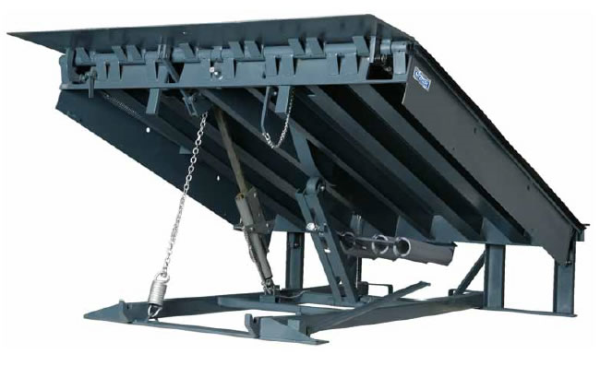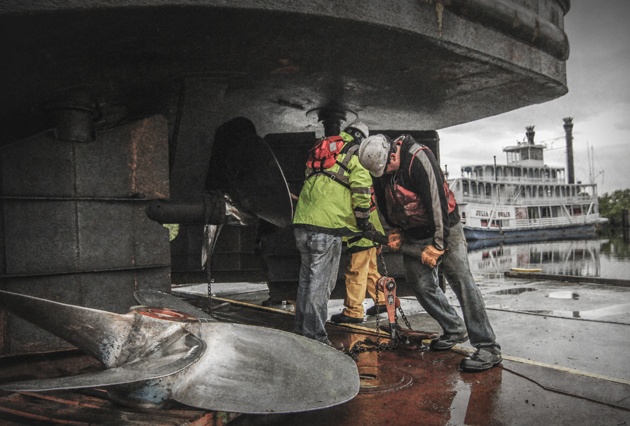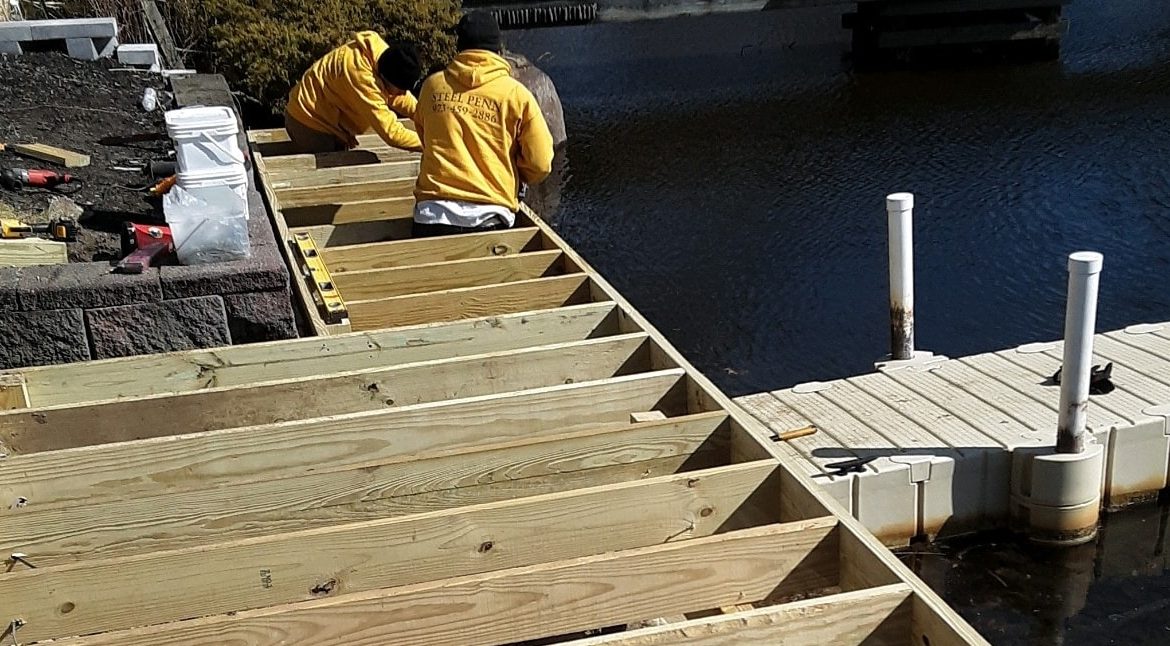Why Normal Maintenance Can Lower Future Dock Repairs
Why Normal Maintenance Can Lower Future Dock Repairs
Blog Article
Effective Dock Fixing Techniques: Guaranteeing Architectural Honesty
Guaranteeing the architectural stability of anchors through effective repair strategies is paramount for the long life and safety of aquatic facilities. Ultimately, selecting the right repair materials, such as composite products and corrosion-resistant alloys, is important for sturdiness.
Assessing Dock Damage
Examining dock damages is a critical very first step in ensuring the architectural integrity and safety of any type of docking facility. Secret elements to examine include the dock's structure, pilings, outdoor decking, and hardware (Dock Repairs).
Structural designers or certified inspectors normally perform these assessments making use of specialized methods and devices. Undersea assessments may utilize sonar tools or from another location operated lorries (ROVs) to identify immersed damages. Over water, visual inspections are enhanced by making use of wetness meters and other analysis devices to uncover underlying concerns not quickly visible to the nude eye.

Choosing Repair Service Products
Choosing the proper repair materials is a critical action in the dock repair procedure, one that straight affects the long life and efficiency of the fixed framework. Product option have to be driven by factors such as environmental conditions, load-bearing requirements, and compatibility with existing dock components. For instance, wood is a standard selection for anchors as a result of its all-natural strength and visual charm. Selecting the appropriate type of wood, such as pressure-treated lumber or normally rot-resistant varieties like cedar or teak wood, is important to endure aquatic settings.
In addition to timber, composite materials are increasingly popular due to their toughness and reduced upkeep needs. Composites, generally made from a blend of plastic and wood fibers, offer excellent resistance to rot, bugs, and UV damage. For metal anchors, picking corrosion-resistant alloys such as galvanized steel or marine-grade light weight aluminum is necessary to prevent corrosion and make certain architectural honesty in saline water problems.
Epoxy resins and marine-grade sealers are vital for fixing fractures and sealing joints, providing a water-proof barrier and improving the dock's total stamina. By meticulously choosing high-grade materials, dock repair services can attain long-lasting results, consequently guarding versus future degradation and guaranteeing risk-free, trustworthy usage.
Structural Reinforcement Techniques
Effective structural reinforcement methods are crucial in making certain the security and long life of dock fixings. This approach is specifically efficient for docks exposed to hefty lots or rough ecological conditions.
Another important technique is the application of fiber-reinforced polymers (FRP) These products use high strength-to-weight ratios and excellent resistance to corrosion, making them perfect for reinforcing concrete or wooden anchors. FRP can be used in sheets or strips and bound with epoxy resins to boost architectural honesty.
Supporting and securing systems additionally play a crucial function in structural reinforcement. Cross-bracing, using metal or wooden beam of lights, can counteract side pressures, minimizing guiding and movement. Securing systems, such as helical piers or driven piles, give a secure foundation by moving loads to much deeper, extra secure dirt layers.
Finally, the assimilation of load-distribution plates can help disperse weight a lot more evenly throughout the dock's surface area, alleviating localized stress and anxiety points. These techniques jointly guarantee that anchors remain durable and safe, capable of standing up to the rigors of their functional setting.
Advanced Repair Work Approaches

One more innovative method includes undersea welding, which allows for repair services to be carried out without the demand to dewater the location. This method is specifically advantageous for dealing with architectural problems in immersed dock elements, ensuring minimal disturbance to procedures. Boosted welding strategies, coupled with robot systems, deliver accuracy and integrity, therefore prolonging the life expectancy of the dock.
Furthermore, cathodic defense systems are applied to avoid rust in metallic dock frameworks. By utilizing sacrificial anodes or pleased existing systems, these strategies effectively minimize the electrochemical processes that cause product degeneration.
Finally, advanced surveillance innovations, such as structural health and wellness surveillance (SHM) systems, provide real-time data on the problem of dock frameworks. These systems allow positive maintenance and timely treatments, inevitably making certain the lasting structural honesty of the dock.
Maintenance and Avoidance
Maintenance and avoidance are basic principles this post that underpin the durability and security of dock structures. Normal evaluations are paramount, permitting early discovery of deterioration, potential weak points, and environmental impacts. An aggressive technique, including regular look for rust, rot, and architectural shifts, mitigates expensive repair work and extends the dock's functional life.
Safety nets should include using safety coatings to steel parts to defend against corrosion and look at these guys using treated wood to stand up to decay. Additionally, ensuring proper drain and air flow can avoid water build-up, which is a typical reason for structural destruction. Incorporating high quality materials and adhering to supplier standards throughout building and construction and repair stages likewise play important roles in improving resilience.

Training personnel in dock maintenance finest techniques makes certain constant application of preventive measures. Leveraging technical breakthroughs, such as drones for inspections and sensing units for sites real-time surveillance, can additionally improve upkeep efforts. By prioritizing maintenance and avoidance, dock proprietors can guarantee architectural integrity, functional safety, and affordable administration over the dock's life-span.
Conclusion
In conclusion, preserving the structural integrity of aquatic centers demands comprehensive dock repair methods. Complete assessments using innovative devices discover both noticeable and concealed problems, while the choice of proper repair work materials boosts toughness. Applying structural support methods addresses tension factors efficiently. Advanced fixing strategies, paired with routine upkeep methods, make certain the dock continues to be safe and operational under varied ecological conditions. Embracing these approaches dramatically prolongs the lifespan and performance of aquatic infrastructure.
Making certain the structural stability of docks with efficient fixing methods is critical for the longevity and safety and security of marine centers.Choosing the proper fixing products is an essential step in the dock repair procedure, one that directly affects the long life and performance of the fixed framework.Efficient architectural reinforcement techniques are important in making sure the stability and durability of dock repairs. By prioritizing upkeep and prevention, dock proprietors can guarantee architectural stability, functional safety and security, and affordable monitoring over the dock's lifespan.
In final thought, keeping the architectural integrity of aquatic centers necessitates comprehensive dock repair work methods.
Report this page